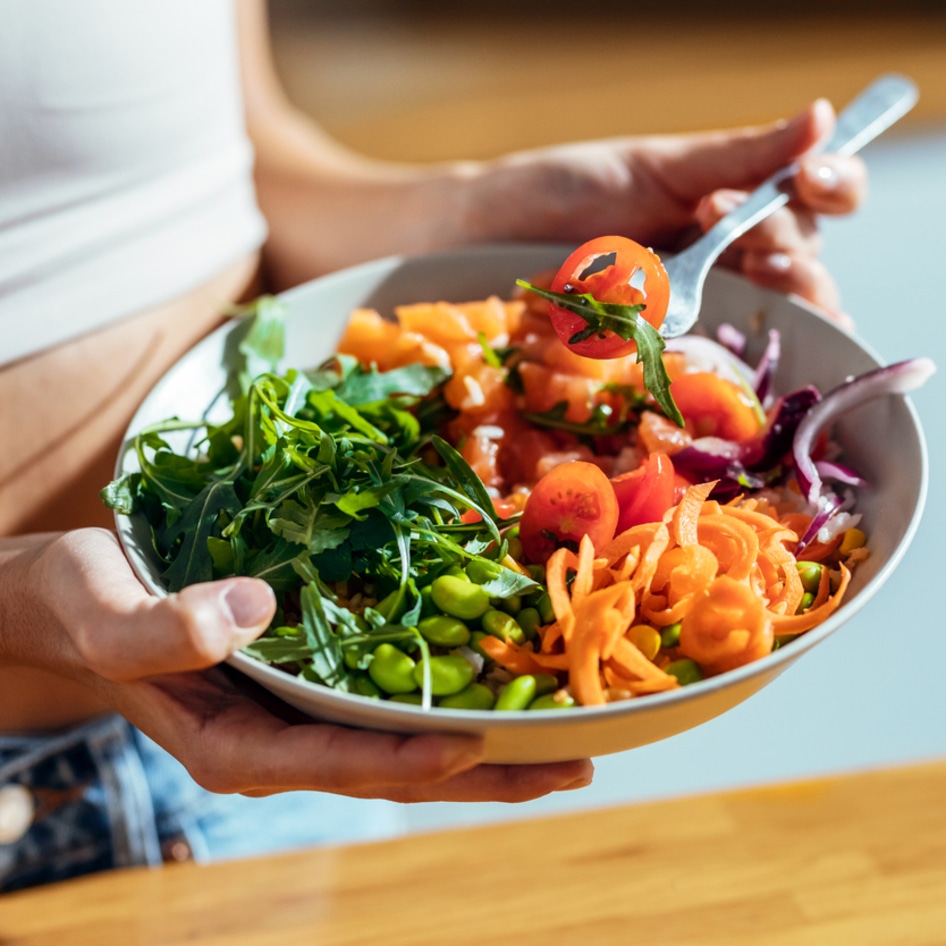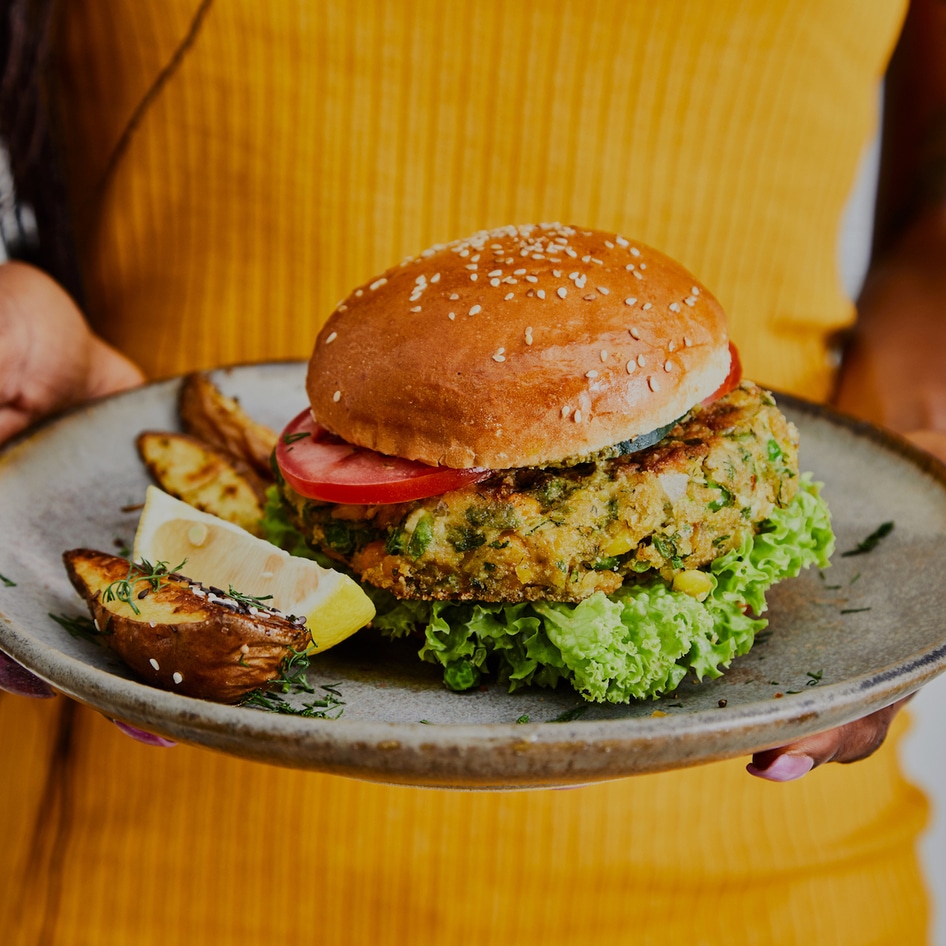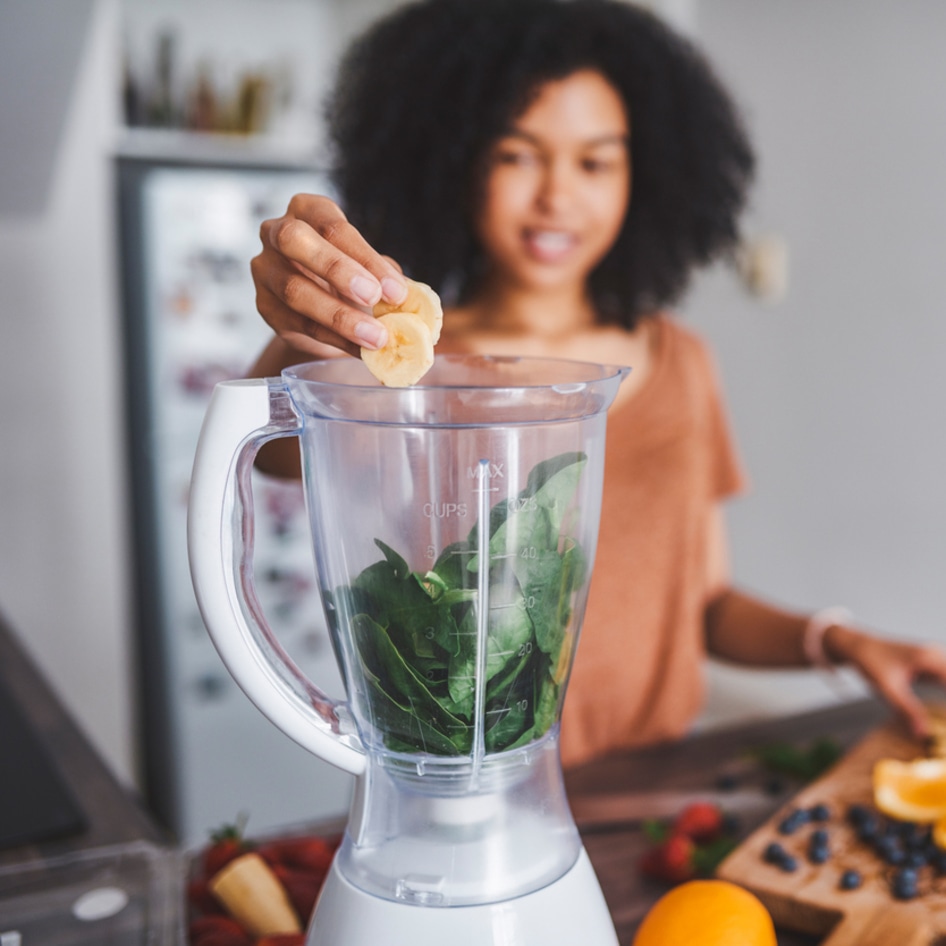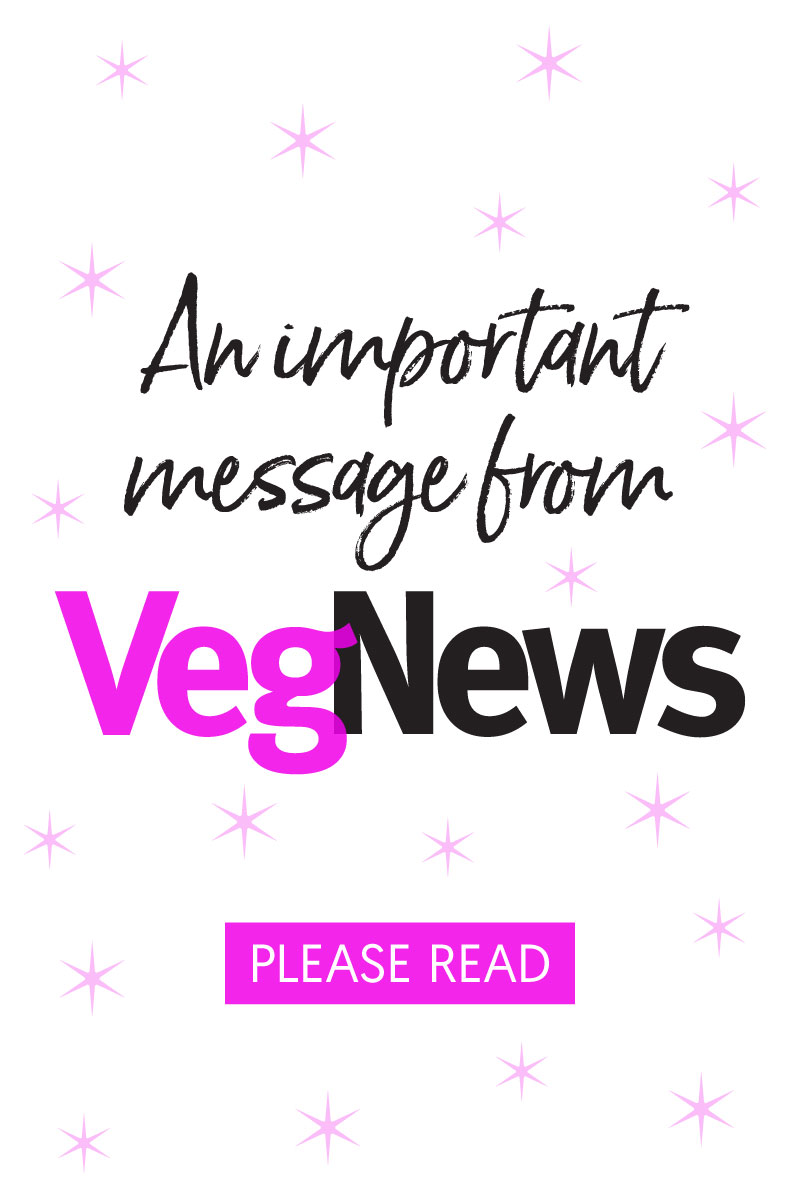The Difference Between “Vegan” and “Healthy”
Just because a lip-smacking pastry boasts vegan ingredients doesn’t mean it’s good for your body.
January 23, 2010
One of the biggest and most common misconceptions about veganism is that compassionate living means eating bland food and saying goodbye to beloved junk food indulgences. Of course, vegans know better. From independent plant-based bakeries to supermarket shelves piled high with Oreos and Spicy Sweet Chili Doritos, fattening vegan-friendly snacks are well within reach. It’s easy to forget that “vegan-friendly” does not always equal “healthy alternative” and so it’s necessary to take a closer look at the ingredients to really understand how healthful these options are.
Convenience at a Cost
Indulging in plant-based, processed convenience foods on a regular basis means we’re increasing our intake of simple carbohydrates such as white flour (cookies), white pasta (prepared soups), and white rice (frozen dinners) and even white potatoes (potato chips). The body doesn’t have to do much work to digest these foods, and therefore treats them as sugars. The consumption of these “white” foods increases insulin production, which, in turn, increases visceral fat—that’s the dreaded belly fat we all know and loathe. Continued exposure to processed carbohydrates and sugars causes the body to send the types of hormonal messages that are designed to react in times of food scarcity. This, in turn, causes the body to crave more food. This becomes a vicious cycle of overconsumption and weight gain.
“No Trans Fats”
The consumption of trans-fatty acids has been linked to diabetes, coronary heart disease, and sudden cardiac death—they are definitely something to avoid! Looking for a “no trans fats” label on your food is a step in the right direction. But beware—“no trans fats” does not mean that the product is free of artery-clogging saturated fats, nor does it mean that the product is low fat. If you’re craving chips, try non-GMO soy chips, which tend to be high in flavor and nutrients like protein and calcium, but low in fat. Olive oil makes an excellent spread for bread, and safflower oil is a much healthier alternative to shortening for baking.
“Fruit Sweetened”
When we think of fruit, we think of a healthy part of our daily diets, and rightly so. If a product is sweetened with fruit sugars, it’s logical to conclude that the product is also a much healthier alternative to one sweetened any other way. However, as far as the human body is concerned, sugar is sugar, no matter the source. Fruit sugars are metabolized quickly by the body, and have a similar metabolic response to regular sugars. They provide the same surge in insulin production, and contribute to that same cycle of overeating and weight gain. Fructose is sweeter than sugar, and does not convert to energy as efficiently as glucose does. As a result, it is more easily converted to fat. There really is no “healthy” sugar, and this includes “natural” sweeteners. As a general rule, try to limit foods with added sugars. For a sweet snack, opt for unsweetened dried fruit, fruit leathers, or energy bars.
“All Natural”
The term “all natural” is not regulated, and therefore, just about anything on supermarket shelves can be termed “all natural,” and still contain large amounts of decidedly unnatural ingredients. As a basic rule of thumb, read labels and make sure that you understand all of the ingredients in your food. This way, you can make informed decisions on what you are consuming. Monitor your portion sizes, eat plenty of whole grains, fresh fruit and vegetables, and make sure you get at least 30 minutes of physical activity per day. If you’re doing all of this, you can safely include your favorite foods into your diet—in moderation.
JUMP TO ... Latest News | Recipes | Guides | Health | Subscribe









